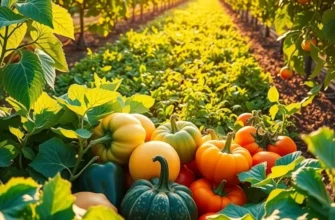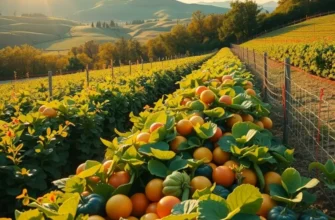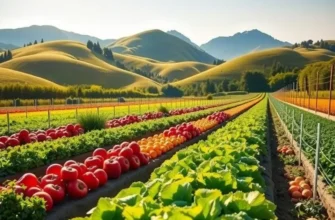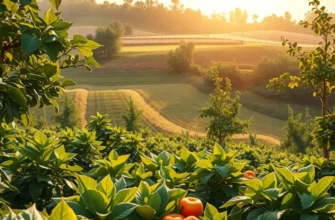Water plays a crucial role in food production, and our eating habits can significantly impact global water resources. Adopting eco-friendly food choices not only promotes personal health but also conserves underwater systems. By shifting our diets and mindful consumption patterns, we can make a positive contribution to the environment. This guide will explore two essential aspects of sustainable eating—choosing plant-based foods and reducing food waste—that can help you save water while enjoying wholesome meals.
Choosing Plant-Based Foods: A Thirsty Planet’s Ally
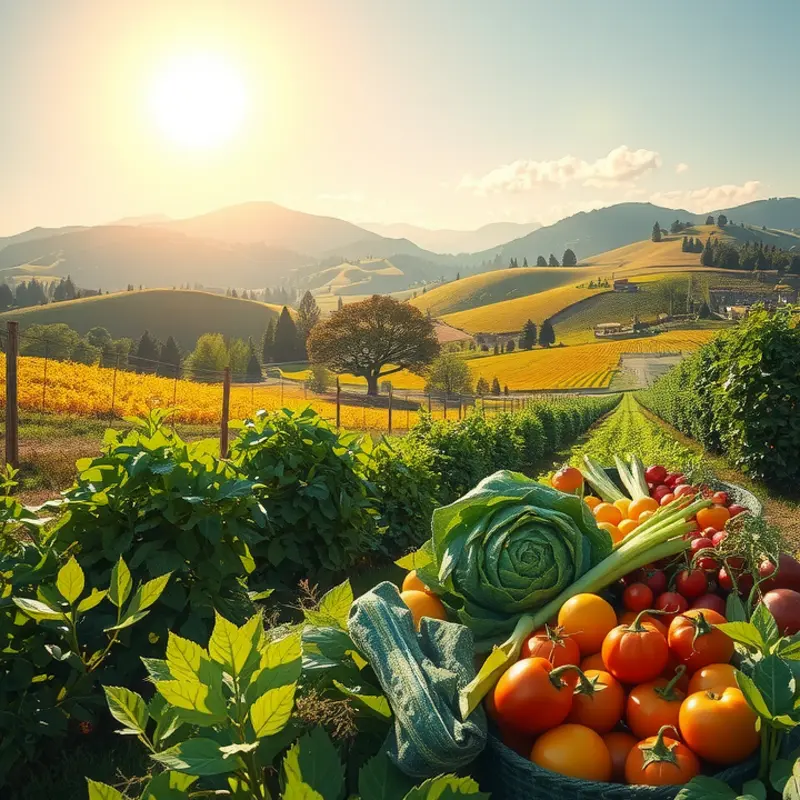
Transitioning to a plant-based diet is not just a personal health choice—it’s a vital step towards a more water-sustainable planet. Animal agriculture is a major water guzzler. For instance, producing a kilogram of beef requires approximately 15,400 liters of water, while the same amount of wheat needs only about 1,300 liters. The vast disparity in water usage highlights why increasing our intake of plant-based foods can significantly lessen our water footprint.
The concept of a water footprint extends beyond just the cultivation of crops or raising animals. It encompasses the entire production process—right from growing feed crops to processing, packaging, and transportation. By choosing more legumes, grains, fruits, and vegetables, you contribute to reduced demand for high water-consumption food products.
Integrating more plant-based meals into daily life need not be daunting. Start small by introducing Meatless Mondays or opting for plant-based proteins, such as beans, lentils, or tofu, in your favorite recipes. Swapping out meat for a nutrient-packed, eco-friendly alternative can be a simple yet impactful choice.
Consider a veggie stir-fry filled with colorful peppers, broccoli, and carrots. Not only does it lower your meal’s water footprint, but it’s also rich in vital nutrients. Experiment by blending mushrooms and walnuts in place of ground beef for a satisfying taco filling. The possibilities are as varied as they are water-saving.
For further guidance on adopting a plant-based diet, the article Easy Plant-Based Eating offers practical tips and delicious meal ideas to start your journey.
Beyond environmental advantages, opting for plant-centric eating habits benefits personal health. A plant-rich diet typically means higher intake of fiber, vitamins, and antioxidants, while often reducing risk factors for several chronic diseases. This dual benefit—priority to planet and person—makes it a compelling choice for conscientious eaters.
Ultimately, reshaping our eating habits to focus more on plants and less on animal products delivers meaningful impact. As our planet grapples with increasingly finite resources, every water-conscious meal counts. Choosing plant-based foods represents a commitment to conservation, health, and sustainability—a true ally for a thirsty planet.
Minimizing Food Waste: Every Bite Counts

Food waste significantly impacts our planet’s water resources. The water required to produce the food that ultimately goes uneaten is staggering—amounting to billions of gallons every year. Each morsel discarded is not just a loss of nutrients and energy; it’s a silent depletion of our precious water reserves. By consciously reducing food waste, individuals can contribute to conserving water and, by extension, to a healthier planet.
To start, meal planning is a practical strategy to minimize food waste. Carefully crafting a menu for the week helps in buying only what is necessary, thus reducing the chances of food spoiling before use. Planning also enables a systematic approach to leftovers, encouraging creativity in the kitchen, where yesterday’s dinner can become today’s lunch. Explore practical ingredient batching for efficient meal planning strategies.
Repurposing leftovers is another effective method to combat food waste. Transforming what’s left from one meal into another dish not only stretches food supplies but also ensures we make the most of the resources expended to produce that food. For example, roasted vegetables from dinner can be blended into a hearty soup for lunch. This approach offers a dual benefit: it saves water and adds variety to daily meals.
Composting is a notable way to deal with remaining food scraps. Although composting doesn’t directly save water like preventing waste does, it returns valuable nutrients to the soil, enhancing its moisture retention capacity. This process indirectly supports water conservation in agricultural practices.
Awareness of food expiry dates is crucial. Organizing the fridge by placing newer items at the back and older ones at the front ensures nothing is forgotten and left to expire. This “first in, first out” method can significantly cut down on waste. Learning the art of proper food storage is equally critical, such as storing vegetables in breathable bags to extend their shelf life.
Efficient storage techniques also play an instrumental role in minimizing waste. Vacuum sealing, for instance, extends the lifespan of perishables considerably. Be mindful of how leftovers and fresh produce are stored. Proper storage conditions optimize their longevity, reducing the risk of spoilage.
In essence, minimizing food waste is about habit change. By re-evaluating daily actions and choosing more sustainable practices, we can make substantial inroads into reducing the water footprint of our food. With every deliberate action to minimize food waste, every bite truly does count.
Final words
Adopting water-saving eating habits is not just a choice; it’s a necessary step for the well-being of our planet. By prioritizing plant-based foods, you can drastically reduce water consumption while enhancing your nutrition. Coupled with mindful practices to minimize food waste, you become an active participant in water conservation and sustainability. Together, these habits not only support a healthier eco-system but also promote a vibrant lifestyle that aligns with environmental values. Let’s embrace these strategies and lead the way toward a future where food choices contribute positively to our water resources.



